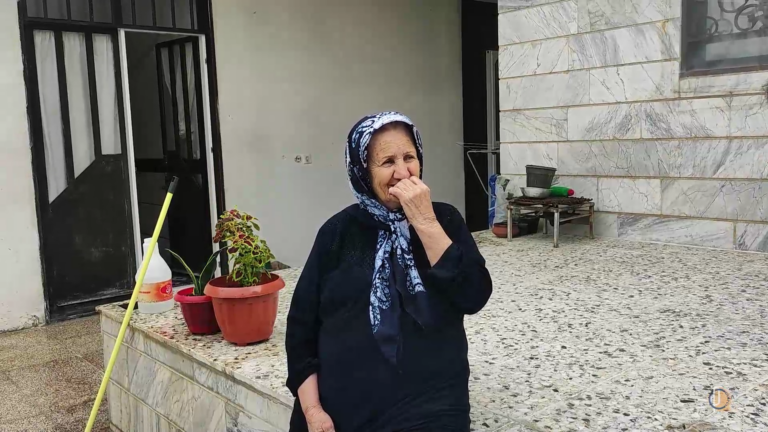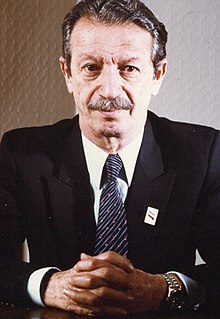Persian language, Iran, and folk medicine are three topics that are related to each other in various ways. Here is a short text that explores some of these connections:
Persian language is the official language of Iran, a country with a rich and diverse culture and history. Persian language has a long and influential literary tradition that spans over two millennia. Persian language is spoken by more than 100 million people in Iran and other countries in the region. Learning Persian language can help you discover the wonders of Iran and its people, as well as their beliefs, values, and customs.
One of the aspects of Iranian culture that reflects its beliefs, values, and customs is folk medicine, or tebbe sonnati. Folk medicine is a form of traditional medicine that uses natural remedies, such as herbs, spices, plants, minerals, animal products, etc., to treat various diseases and ailments. Folk medicine is based on ancient knowledge and wisdom that has been passed down from generation to generation. Folk medicine is also influenced by religious and spiritual beliefs, such as Zoroastrianism, Islam, Sufism, etc.
Folk medicine in Iran has a long and prolific history that dates back to the pre-Islamic era. Some of the earliest records of folk medicine in Iran can be found in the Avesta, the sacred texts of Zoroastrianism. The Avesta mentions various herbs, plants, and rituals that were used for healing purposes. The Avesta also distinguishes three kinds of medicine: medicine by the knife (surgery), medicine by herbs, and medicine by divine words. The last one was considered the most potent as it healed from the source of diseases.
Folk medicine in Iran reached its peak during the Islamic Golden Age (8th-13th centuries), when many Persian scholars and physicians contributed to the development of medical science and practice. Some of the most famous names are Rhazes (865-925), Avicenna (980-1037), Jorjani (1042-1137), etc. They wrote many influential books on medicine, such as The Comprehensive Book on Medicine (Rhazes), The Canon of Medicine (Avicenna), and The Treasure of King Khwarazm (Jorjani). They also established hospitals, schools, and libraries where they taught and practiced medicine. They integrated folk medicine with Greek, Indian, Chinese, and Arabic medical traditions and created a holistic system that was based on the concept of four humors: phlegm (balgham), blood (dam), yellow bile (safra), and black bile (sauda). They also classified foods, herbs, plants, etc., according to their warm or cold nature and their effects on the body’s balance.
Folk medicine in Iran continued to evolve and adapt to changing times and circumstances. Folk medicine was influenced by various factors, such as political changes, foreign invasions, cultural exchanges, scientific discoveries, etc. Folk medicine also faced challenges from modern medicine, which emerged in the 19th century and introduced new methods and technologies that were more effective and reliable than folk remedies. However, folk medicine did not disappear or lose its popularity among Iranians. Folk medicine remained a part of Iranian culture and identity that was valued for its naturalness, affordability, accessibility, familiarity, and spirituality. Folk medicine also benefited from modern research and evidence that validated some of its claims and effects.
Today, folk medicine in Iran is still widely practiced and respected by many Iranians who use it for various purposes. Folk medicine is often used as a complement or alternative to modern medicine when modern medicine is unavailable or unsatisfactory. Folk medicine is also used as a preventive or supportive measure to maintain or enhance health and well-being. Folk medicine is also used as a cultural or religious expression that connects Iranians to their heritage and faith.
Some examples of folk remedies that are commonly used in Iran are:
• Rose water: It is a distilled water made from rose petals that has a pleasant fragrance and taste. It is used for various purposes, such as eye drops for eye infections or irritations; nasal drops for sinus problems or allergies; mouthwash for sore throat or bad breath; skin toner for acne or wrinkles; hair rinse for dandruff or dryness; etc.
• Saffron: It is a spice derived from the stigma of the crocus flower that has a bright yellow color and a distinctive flavor. It is used for various purposes, such as tea for depression or anxiety; milk for insomnia or menstrual cramps; rice for digestion or appetite; honey for cough or cold; etc.
• Turmeric: It is a spice derived from the root of the turmeric plant that has a deep orange color and a pungent flavor. It is used for various purposes,
such as powder for wounds or infections; paste for skin problems or inflammation; milk for arthritis or pain; etc.
• Fenugreek: It is a herb derived from the seeds of the fenugreek plant that has a bitter taste and a strong smell. It is used for various purposes, such as tea for diabetes or cholesterol; soup for fever or flu; oil for hair loss or growth; etc.
• Nettle: It is a plant that has stinging hairs on its leaves and stems that can cause itching or burning sensations. It is used for various purposes, such as tea for allergies or asthma; soup for anemia or fatigue; juice for kidney stones or urinary tract infections; etc.
These are just some of the many folk remedies that are used in Iran. They are not meant to replace modern medicine or professional advice. They are meant to provide some information and insight into the folk medicine of Iran and its culture.
Today, with the spread of the coronavirus in the world, not only has it changed our lifestyles, but also certain vocabularies and features have entered the language or, even if they were in the language, they have escaped from their daily life. In Iran, for example, we all use the words doctor, nurse, hospital, laboratory, and the like in our lives, but fewer ordinary people use the term “medical staff.” The medical staff is all those who work in a hygienic service system: Both doctors and nurses, hospital staff, as well as those who work in laboratories. Anyone who is somehow related to health and medicine.
Corona seems to have affected all aspects of our lives, and it is precisely caused many issues to be considered or revised. Not necessarily politically or operationally, but perhaps only in the minds of the people. One of these topics is traditional medicine. I can say that in no other period have traditional medicine and modern medicine been equated so much.
In Iran, the proponents of traditional medicine said things that many did not accept. It challenged many dimensions of this field and made people reconsider the definition and fields of traditional medicine. How far traditional medicine is allowed to enter our lives? Has it gone too far and has it violated the science?
As a Persian learner who might have a trip to Iran you need to know a lot about folk medicine in Iran. Wherever you go you see locals are offering you original Iranian herb and you have to be able to read their names in Persian language, check what they are claiming about the herb in Persian language and surf the net to maek sure you really want to buy it or not.
To learn Persian grammar, here you can find lessons on Persian Grammar.
Are you interested in learning Persian with music, HERE is where you can find many slow Persian songs with their lyrics.
Practice Dubbing the characters in Persian series HERE.
Listen to famous speeches from Iranian political figures, and learn about their mindset and a little bit of history through their talk HERE


